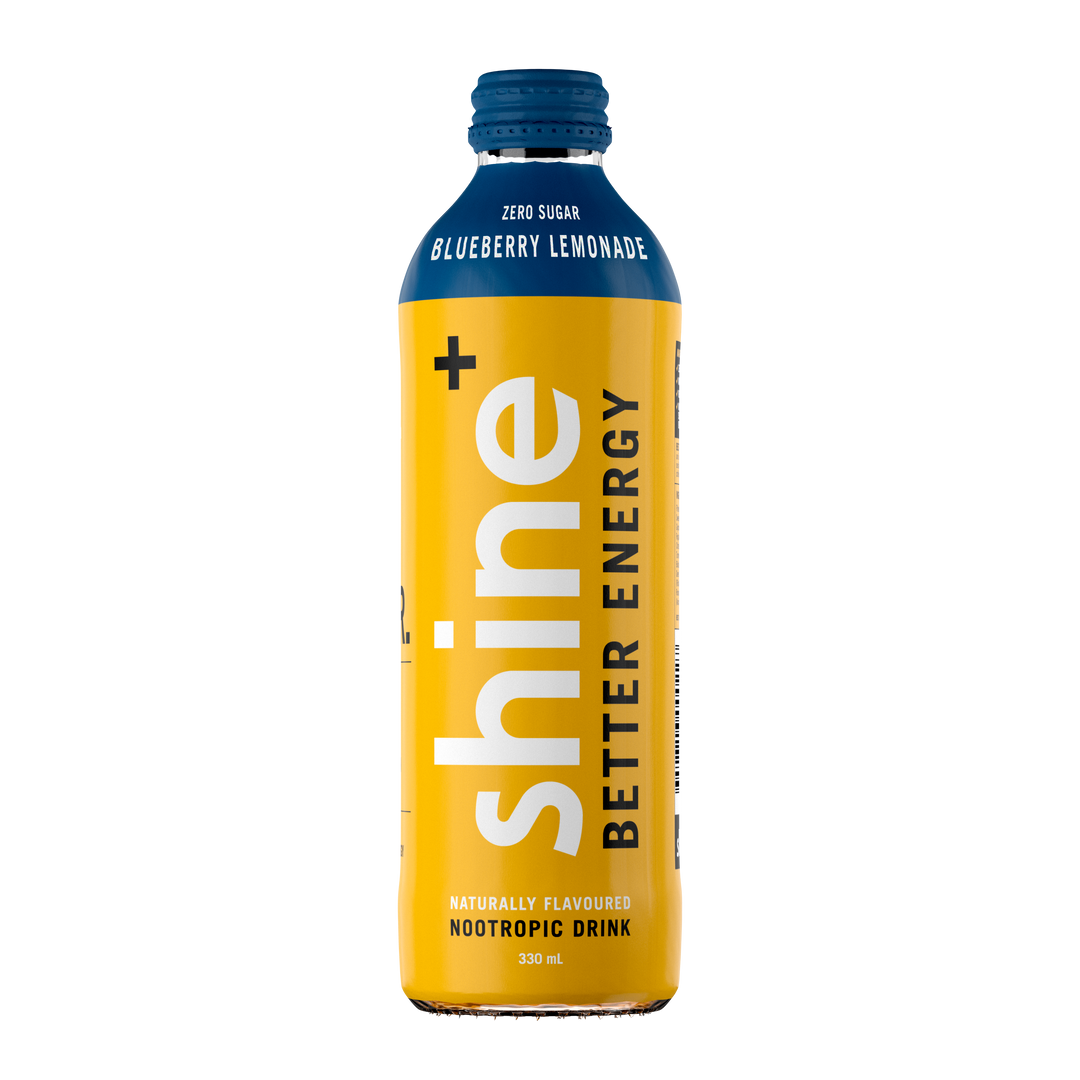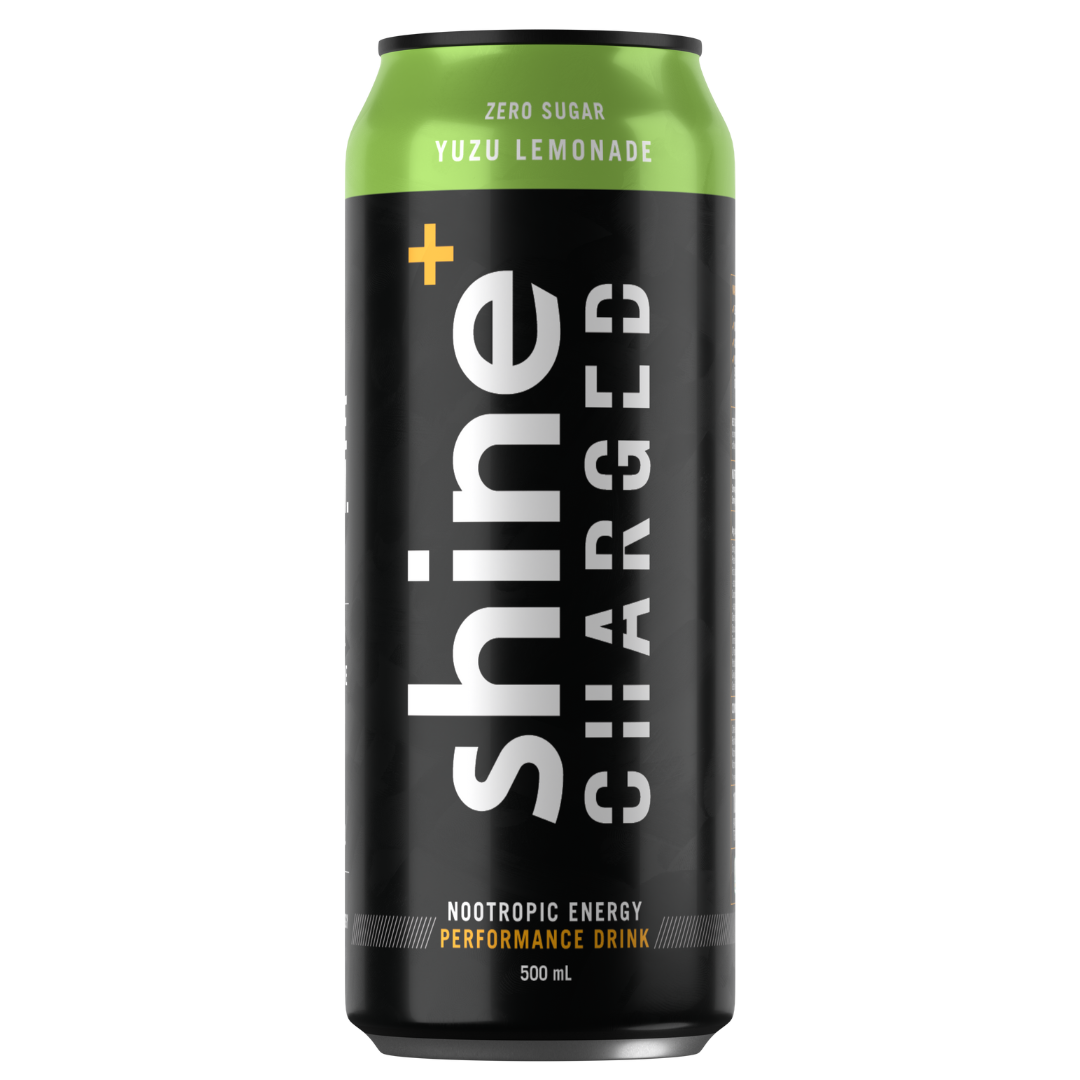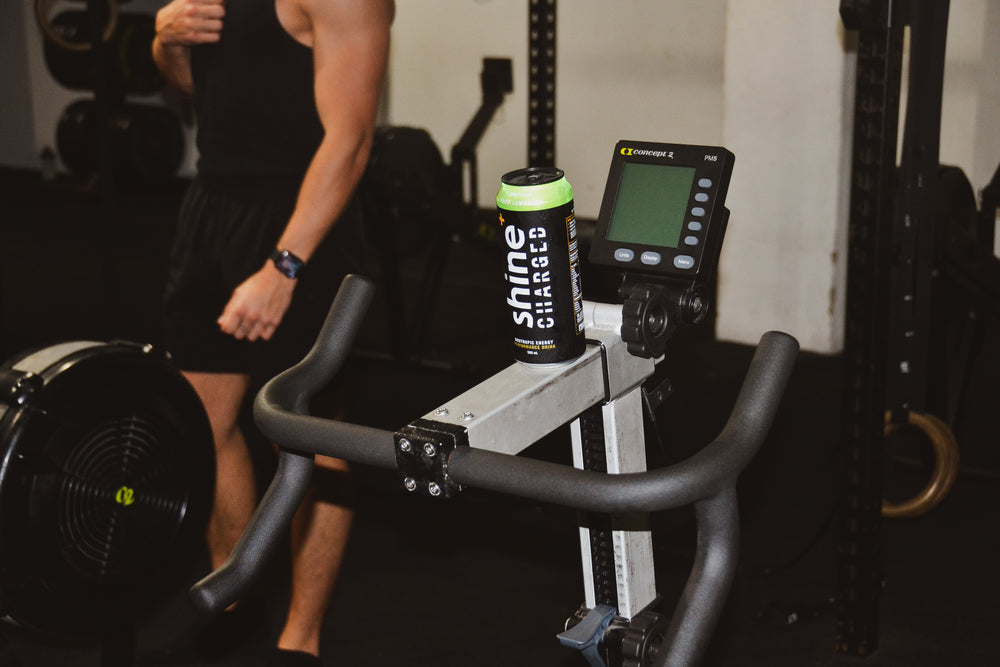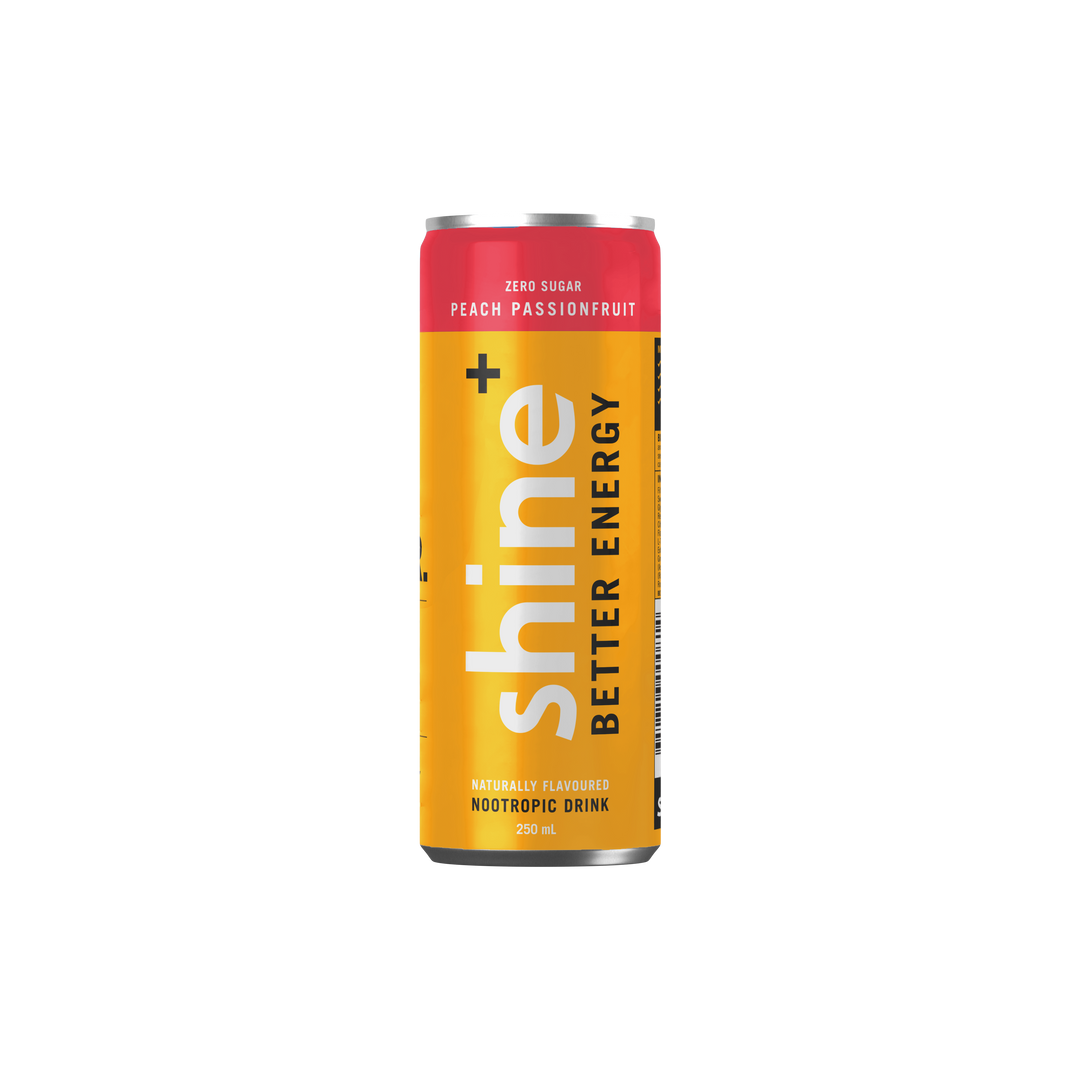CONVENTIONAL VS CREATIVE STUDY METHODS: WHICH WORKS BEST?
With the new year brings another year of study, meaning it’s time to bust out the books and buckle down to do some study. Everyone has different techniques and ideas when it comes to information retention. Some people study consistently over the course of the semester, while others swear by cramming.
So, how do we study effectively?
For most people the idea of studying conjures up time spent labouring reading textbooks, listening to lectures and creating a comprehensive set of notes. This is the most logical attempt at retaining information for the big test, but what if you could gain a better understanding of the concepts in a more fun and immersive way?
Let's delve into the debate around conventional versus creative study tactics, and explore easy ways to get the best results out of your study.
Learning styles account for the personal differences among individuals, and describe the most effective ways to engage with information as tailored to the skills and attributes of the individual. A rational and conceptual learning style is more closely associated with academic achievement, however, people of other learning styles can similarly achieve the same results by personalising their study methods to meet their needs.
Finding out your learning style can be highly beneficial to discovering the right study methods for you. In fact, a study witnessed an increase in academic performance after the subjects became aware of their learning styles (Drysdale et al. 2001, 275). This suggests that being more aware of what works for you can dramatically improve the way you approach your studies. You can discover your learning style by taking a short quiz, accessed here.
Using traditional study methods
Conventional study methods often involve long hours catching up on missed lectures and writing comprehensive notes that cover the entire course content. For many people this is a tedious process, especially when it comes to learning weeks of missed course material.
For many text-based subjects this conventional method is a necessary evil in order to fill in gaps of information. To pass the subject without knowing key points of information would be a difficult feat for the average person. The difficulty is in the efficiency of reading and writing notes as often this is a very tedious and time-consuming process.
What are efficient and effective ways to make the conventional study methods work for you?
- After writing a practice essay, record yourself reading the essay aloud. Play this back to yourself as you fall asleep; your brain will become more acquainted the information while you sleep.
- Pay close attention to the diagrams and figures in the textbook, not just the words. The diagrams are made to summarise and represent the concepts you are trying to learn. Try copying out the diagram into your notes for added explanation.
- If you don’t understand either the textbook or the lecture notes search for topic summaries for students on the internet. There are many hundreds of educational Youtube videos that are designed to give students like yourself a comprehensive overview in just a few minutes.
Pros: Conventional study (i.e. reading the textbook, writing notes, listening to lectures etc.) is often mandatory if you have missed large chunks of information over the semester. It can also be highly effective for people with a text-focused learning style.
Cons: This type of study is often tedious, time-consuming and, for some people, highly ineffective in memorising information and engaging with concepts. It can often provide only a surface understanding (Price et al. 2010, 159) of the topic as typically students will switch off due to boredom and time constraints.
Using creative study methods
Using creative or unconventional study techniques is more conducive to deeper or more thoughtful learning. Reflective and thoughtful study has been shown to make you more likely to encode information thoroughly and remember it for a longer period of time (Komarraju et al. 2011, 476).
Unconventional ways of study could encompass anything from creating visual representations like mind maps or colourful posters, or making study fun through breaks and incentives.
What are some efficient and effective ways to make creative study techniques work for you?
- Create a bright and colourful visual representation of the main ideas. This could be a poster or a mindmap, or even just adding illustrations to notes, or writing in different coloured pens.
- Read the textbook out loud as if it were a play, or in a funny voice or accent. As silly as it sounds, this is a great way to break the tension and relieve stress that can arise from long study periods.
- Involve your friends and family. Have your friends quiz you in a game show style. If you all need to study, why not do so together?
Pros: Unconventional study methods are much more engaging, reflective and thoughtful, allowing for more long term information retention. Creative study techniques are fun and can be great to relieve exam time stress. It’s also an opportunity to express yourself or socialise while gaining a deeper understanding of the course material.
Cons: Unconventional study techniques may not always be appropriate for the area of study. Additionally it could potentially be a distraction if you’re just using it to socialise or avoiding learning the content. Everyone is different and some people may find creative study techniques to be ineffective or a waste of time.
There are many different ways you can study effectively and efficiently to produce the best results from your course. Traditional tactics, like reading textbooks and listening to lectures, is sometimes a necessary evil if you want to pass, even if it can be tedious and boring at times.
On the other hand, creative study techniques are fun and help engage you with the course content on a deeper level. Everyone has different preferences and ways that work best for them. It’s just a matter of exploring your options to maximise your study and boost your academic performance.
WORDS BY SHINAE TAYLOR
Reference List:
Drysdale, M.T.B., Ross, J.L., Schultz, R.A. (2001) Cognitive Learning Styles and Academic Performance in 19 First-Year University Courses: Successful Students versus Students at Risk. Journal of Education for Students Placed at Risk, 6(3), 271-289.
Grossman, A. (2012) Creative Study Techniques that Actually Work. Viewed 20/12/2016. http://www.hercampus.com/life/academics/creative-study-techniques-actually-work
Komarraju, M., Karau, S.J., Schmeck, R.R., Avdic, A. (2011). The Big Five Personality Traits, Learning Styles and Academic Achievement. Personality and Individual Differences, 5(1), 472-477.
Pennsylvania Higher Education Assistance Agency. (2016) What’s Your Learning Style? Viewed 20/12/2016. ://www.educationplanner.org/students/self-assessments/learning-styles.shtml
Price, L., Richardson, J.T.E., Robinson, B., Ding X., Sun, H., Han, C. (2010) Approaches to Studying and Perceptions of the Academic Environment among University Students in China. Asia Pacific Journal of Education, 31(2), 159-175.










